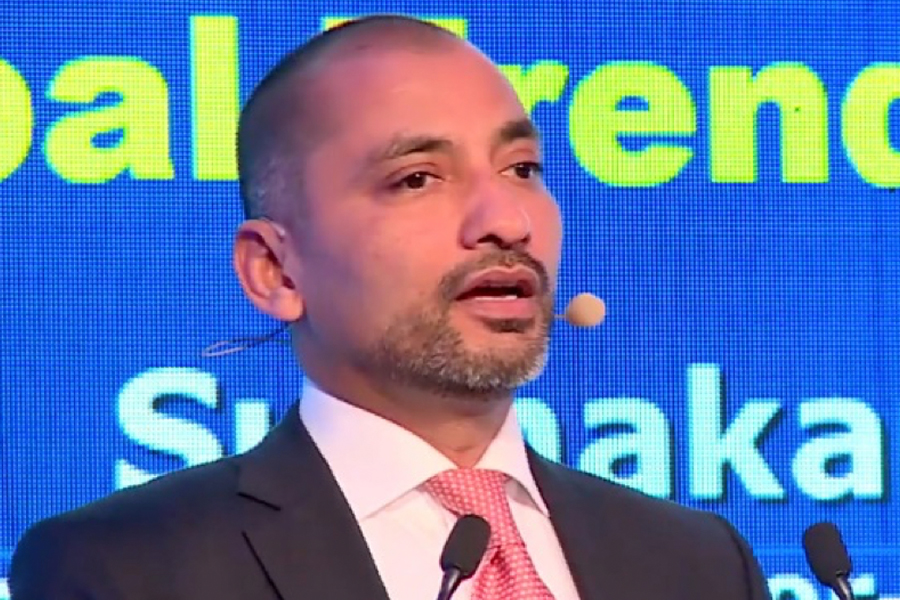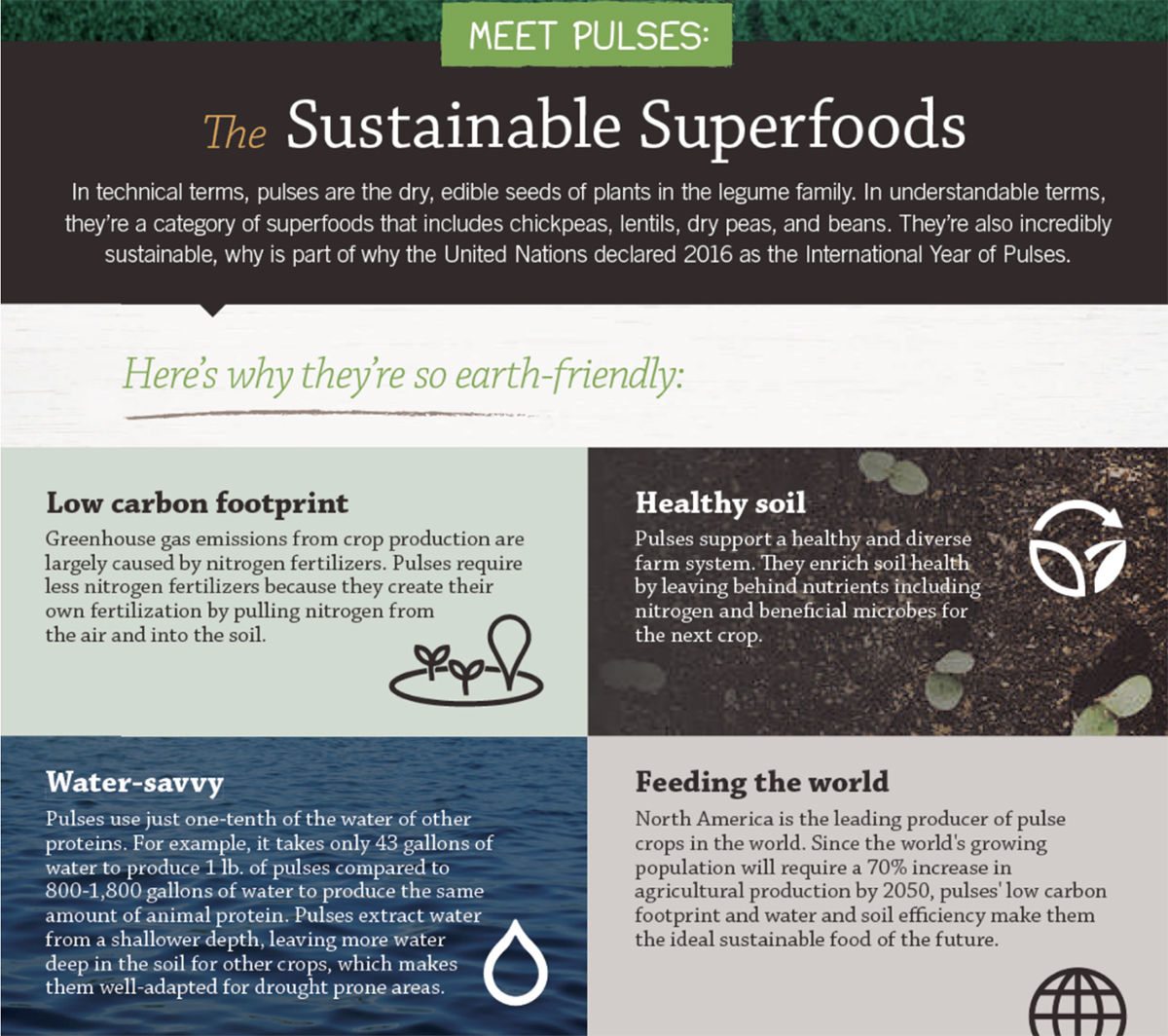February 3, 2020
A top pulse industry leader embarked on a demanding fitness regime to make believers out of skeptics.


Sudhakar Tomar sensed people didn’t believe him when he told them pulses were the answer to the health, nutrition and food security issues facing the world today. And so, this past October, he decided to show them.
That’s when he dove into a 120-day multi-fitness regime that included jogging 1,200 km, two walkathons, several army boot-camp style sessions and eating one meal a day comprised entirely of pulses.
To some, this may seem like going to extremes to make a point, but for Sudhakar, the son of a farmer from a small village in northern India, championing pulses is personal.
“I remember the heady smell of daal wafting through the air as we ran hungry and tired through lush green lentil fields towards home. Twice a day, my mother lovingly prepared the arhar (pigeon peas) and masoor (red lentils) varieties as that is what we grew in our field,” he recalls.
But this idyllic scene eventually ran up against the financial hardships that mark the life of Indian pulse growers. To support his family, Sudhakar’s father was forced to sell the farm and then joined the state police force to make ends meet. But despite the setbacks, he instilled in his son a deep respect for those who work the land.
“My father used to say, ‘be grateful to farmers.’ If you ate today, you have a farmer to thank,” says Sudhakar. Over time, through courage and hard work, his father managed to reclaim the family’s farm.
His son, Sudhakar, meanwhile, went on to become a successful businessman in the food and agriculture sector, and a respected member of multilateral bodies, including the Global Pulse Confederation and the India Middle East Agro Trade Industry & Investment Forum. Today the company he manages, Hakan Agro, has a presence in 23 countries and exports more than 5 million MT of food all over the world.
“I feel a deep sense of gratitude and accomplishment at being able to spread the message of holistic nutrition through pulses along with highlighting the plight of farmers to a global audience,” he says.
From his childhood to the present day, he has maintained his passion for pulses, preaching about the super-foods even in elevators.
“At a recent event in Mumbai,” he recounts, “I met a couple of gym junkie millennials in the hotel elevator who laughed loudly when I told them I was speaking at a conference on pulses. ‘Do they have a conference on pulses and lentils now?’ they asked, amused. I didn’t have time to educate them but I did mention that in a December 2008 article published in Archaeology magazine, as far back as the 2nd and 3rd century AD, Roman gladiators, who were professional fighters, primarily ate lentils to stay healthy and fit.”
In August 2015, Sudhakar had the opportunity to deliver his message personally to India’s Prime Minister Narendra Modi, who soon thereafter implemented some of his recommendations, including increasing the country’s agriculture and farmer welfare budgets.
“This push from the Indian government to double farm income continues even in the financial budget of 2021 with Agri and Allied Activities getting a welcome allocation of US$40 billion and agriculture credit availability of US$215 billion which will definitely make life easier for farmers,” he says.
“My aim,” he continues, “is to try and ensure that farmers remain devoid of debt. They should be able to educate their children, like my father did. It is my dream that Indian farmers should be happier and richer than they are today. Agriculture in India is a very high-risk business. Almost 70% of Indians, directly or indirectly rely on agriculture for their survival. Unlike other products, food is a socio-political-economic commodity. While Indian consumers have a right to affordable food prices, the Indian farmer, the poorest but strongest link in the food supply system, must be rewarded with higher returns.”
At the same time, he is fighting to reverse the downward trend in India’s per capita pulse consumption. His fitness challenge is a response to the general view of pulses as “the poor man’s meat” and several misconceptions about the health effects of eating pulses. For instance, it is commonly believed in India (erroneously so) that pulses prevent the absorption of essential nutrients and amino acids in human bodies.
Sudhakar’s efforts are already starting to pay off. On a personal note, he now says he feels more energetic and lighter. And his teenaged daughter Aria, whom he refers to as Miss Not-So-Easily-Convinced, began including beans in her meals.
Sudhakar is not alone in his beliefs. This is clear from the explosion in plant-protein products coming out of the food industry, a phenomenon driven by consumer demands for healthy, nutritious foods that are also environmentally friendly. Not only do pulse crops fix nitrogen and healthy microbes back into the soil, reducing the need for fertilizers, but they are also incredibly water efficient and pulse production has among the lowest carbon footprints in agriculture.

In a readership survey conducted by the digital magazine Talking Points, the overwhelming answer to the question “What surprised you the most over the last 12 months?” was the rapid growth and consumer acceptance of ‘alternative proteins’ and the large number of new entrants that have entered the ‘new protein landscape.’ An exceptionally nutrient-dense food item, pulses are not simply a twenty-first century fad but a sustainable superfood.
“The world over, pulses are gaining in popularity. When the United Nations declared 2016 the International Year of Pulses, it attracted over a billion hashtag impressions on social media. Along with lentils and legumes, pulses are now appearing on menus across the globe,” says Sudhakar.
“We need to start changing the way we think about food,” Sudhakar concludes. “Consumption of animal proteins can be reduced gradually by replacing it with plant proteins without forcing people to become vegetarians. Instead we have to promote healthy food choices. By introducing long-term systemic changes in the global food market, we can convince processing industries as well as consumers to include affordable, vegetable proteins in their diet. Sustainable nutrition through pulses is a tiny seedpod away from becoming the future of food on our planet.”
Disclaimer: The opinions or views expressed in this publication are those of the authors or quoted persons. They do not purport to reflect the opinions or views of the Global Pulse Confederation or its members.